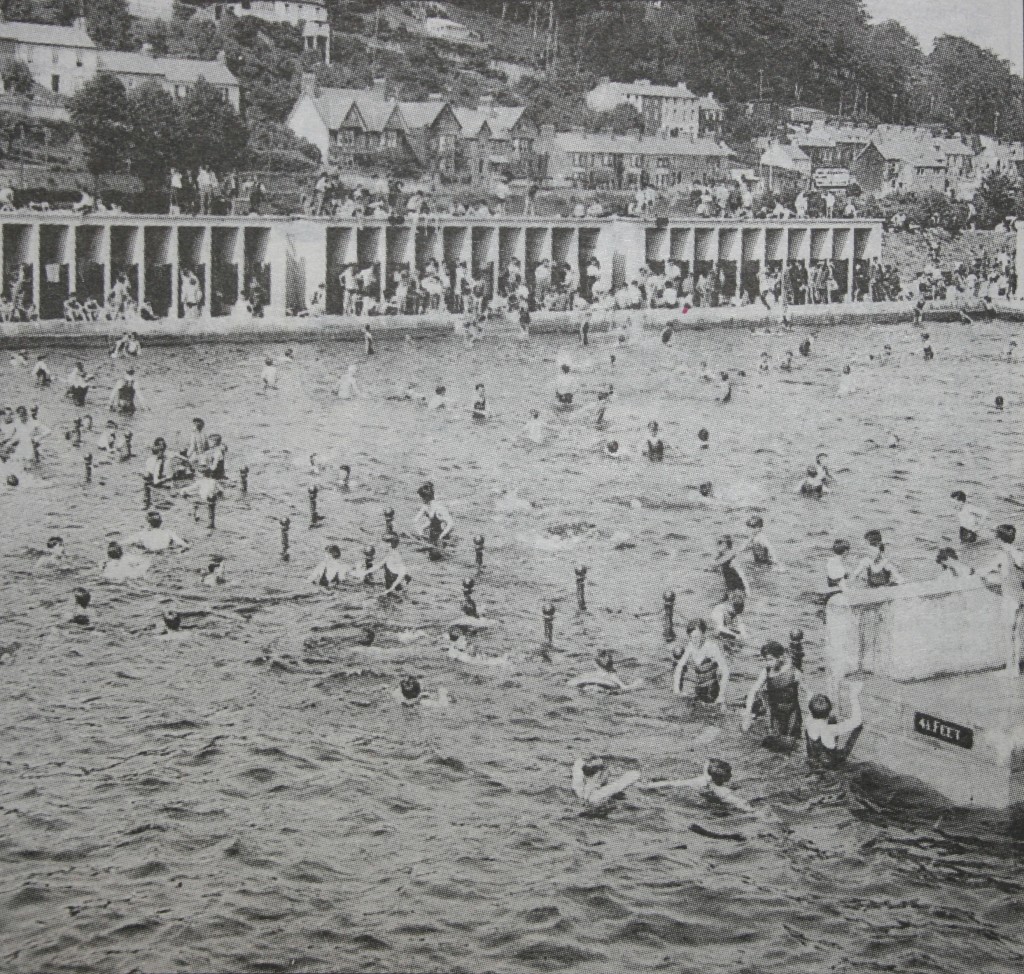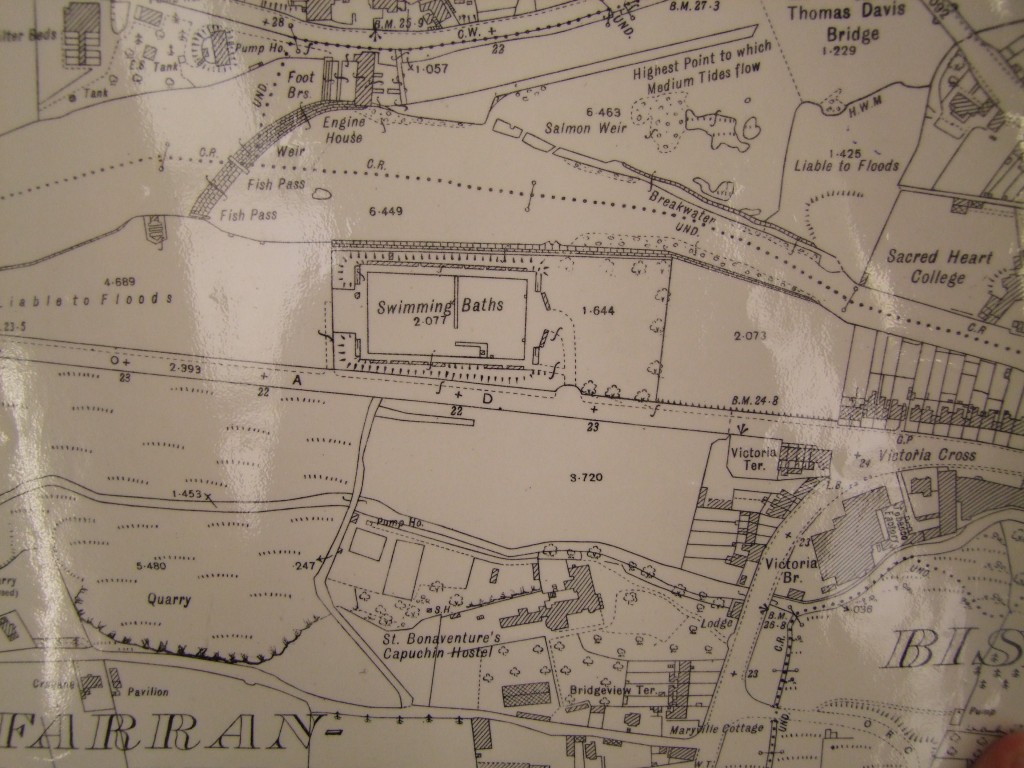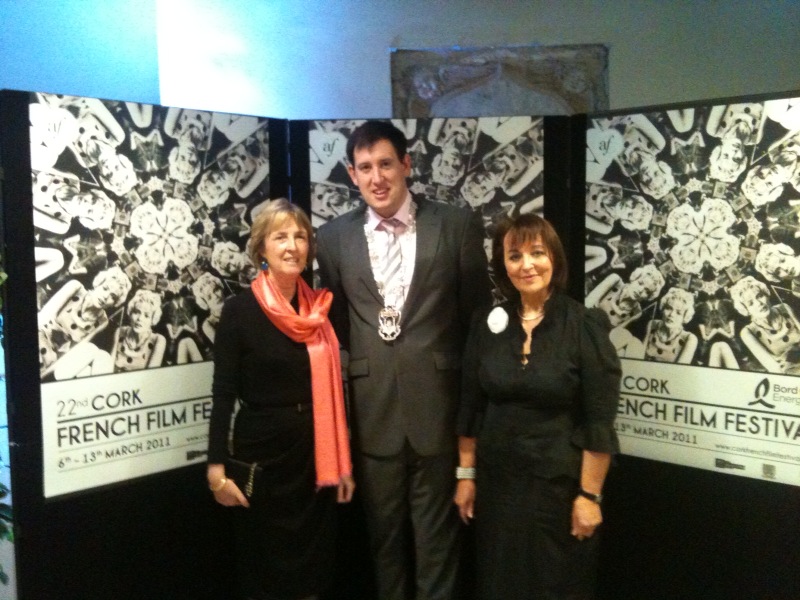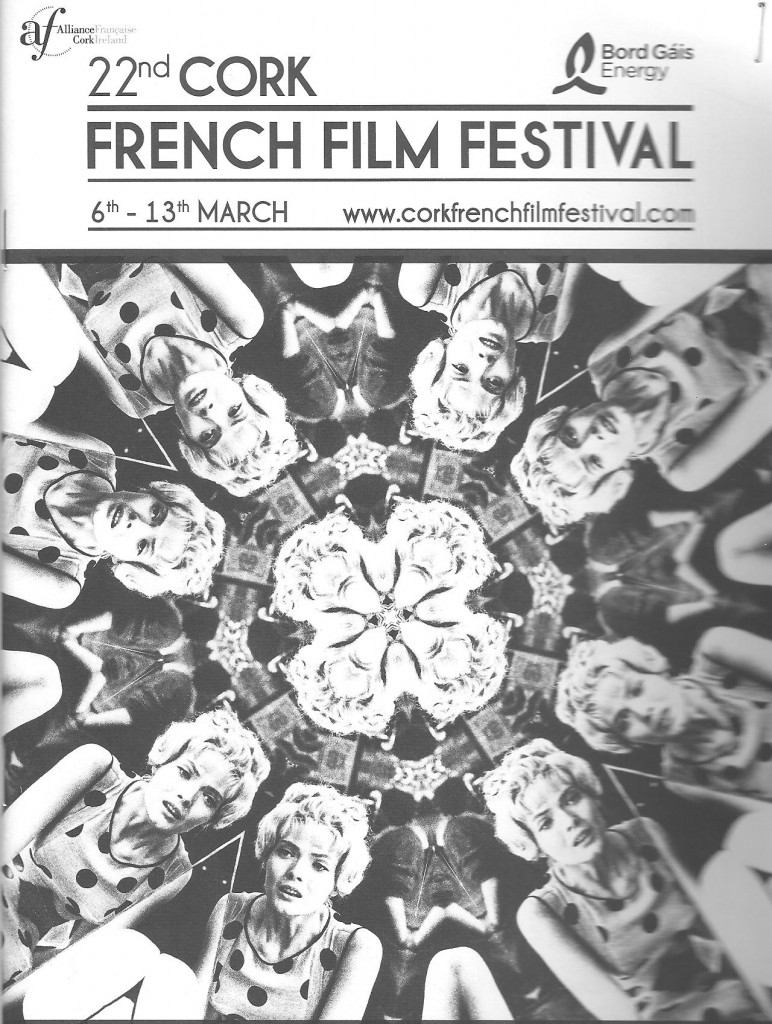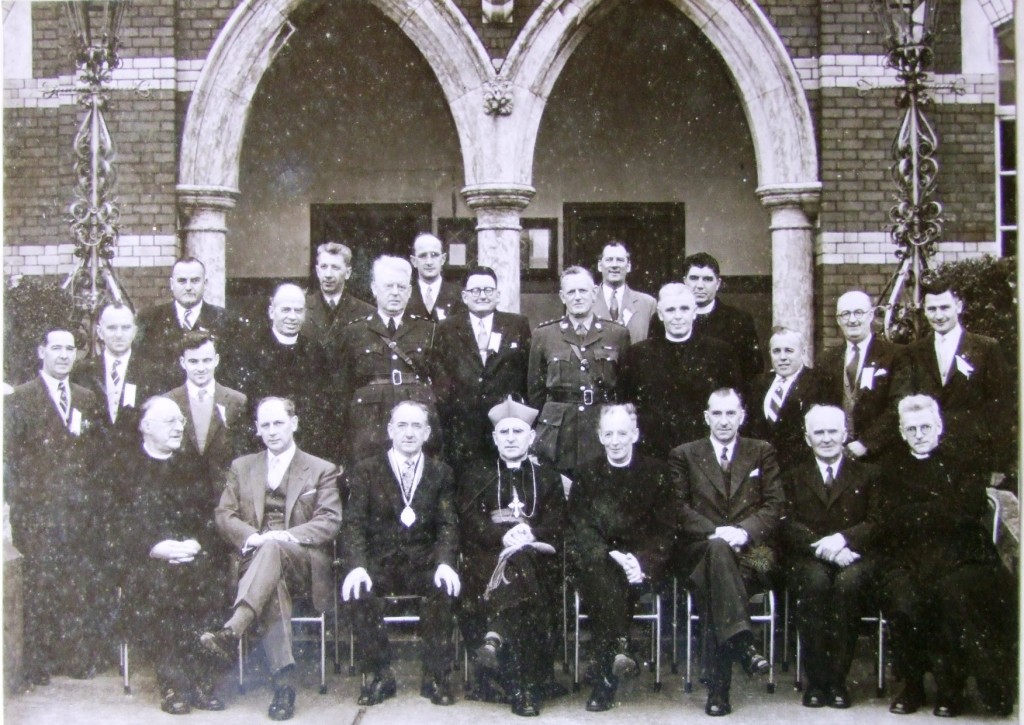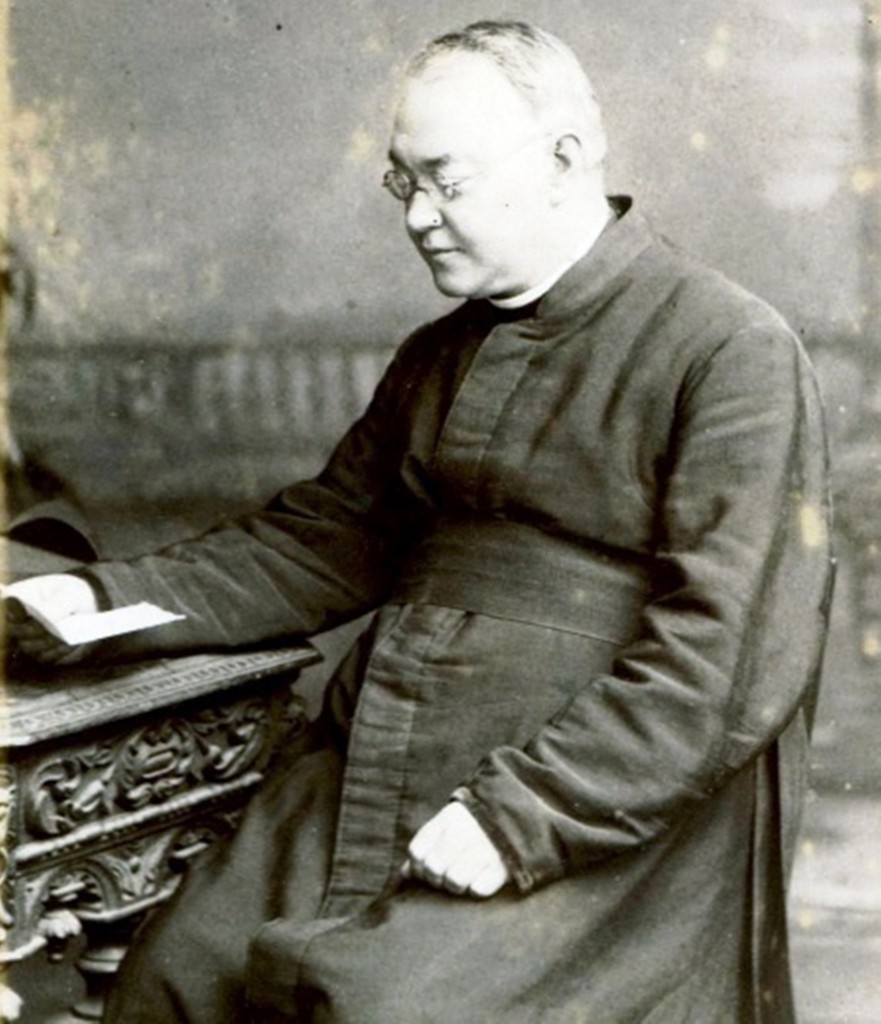I was delighted to be able to deputise last Thursday (10 March 2011) and receive in the Lord Mayor’s Chamber the Chargee d’Affaires, Ms. Alicia Kerber of the Mexican Embassy in Ireland. We spoke about Mexico’s connection to Ireland and the future plans the embasy have. We then attended the opening in UCC of a travelling photographic exhibition across the globe called 360 degrees by Ruben Ochoa. For the Cork leg, the exhibition is being hosted in the Department for Hispanic Studies in the O’Rahilly Building in UCC until the end of March.
For more on Ruben’s work, click on the link, http://www.rubenochoa.com/
UCC’s write up:
http://www.ucc.ie/en/news/fullstory-118281-en.html


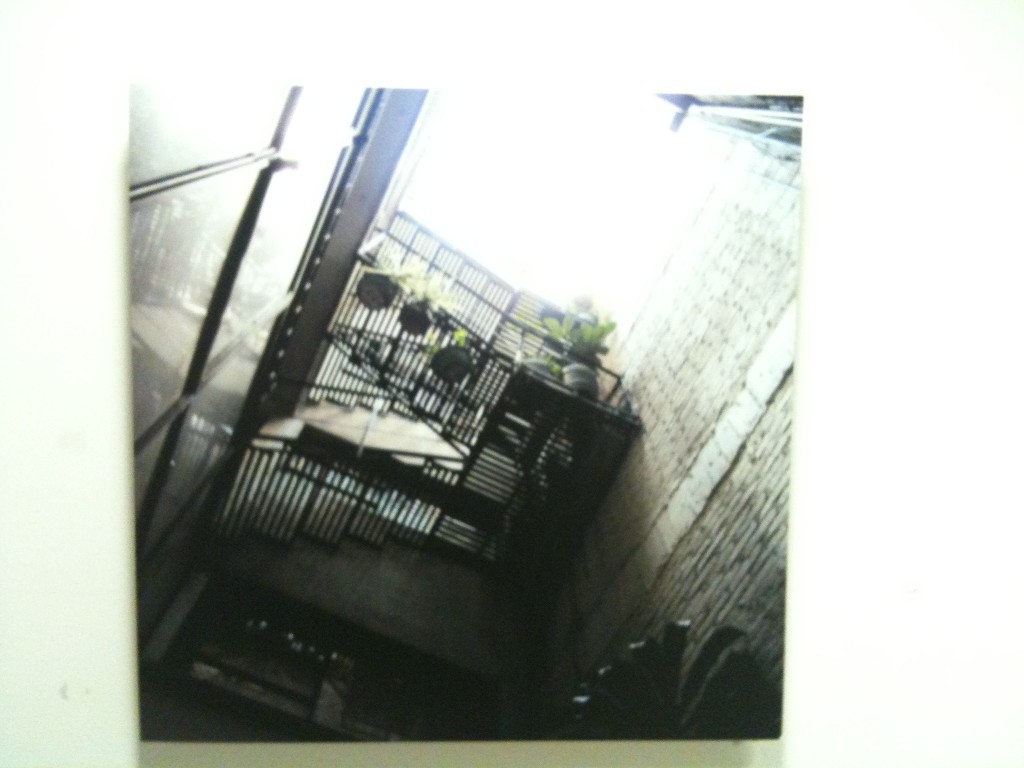
Kieran’s launch speech:
Ms Kerber, Professor Finneran, Ladies and Gentlemen, Ruben Ochoa. On behalf of the Lord Mayor, many thanks for the invitation to come and chat to you this evening.
They say that art has the power to stop, impress, make one question, wonder, dream, remember, be disturbed, explore and not forget – a whole series of emotions – all of which echo throughout Ruben’s photographs. Walking around one can see the amount of work that has been put into the photography on display.
What is very evident is the amount of planning, design work, thought, emotion and building work that has gone into these photographs. While these images speak volumes to the photograph lover, the quality, detail and narrative work gives Ruben’s a much broader appeal. Anyone who appreciates the processes of photography, the freeze framing of landscapes, people and their way of life cannot but be drawn in – taken on a journey looking at Ruben’s work.
Journeys through Landscape:
As a student geographer in the Department of Geography near here my own interests have been for some many years exploring Irish culture, history, landscape and identity making. I have a passion for exploring Cork City and its region’s rich historical tapestry which to me is an enormous and complex artwork, which has its own lines, contours and outward expression, meanings and memories.
Ruben’s photograph before us also zoom in on what could be described a piece of life – his photographs create new ways of seeing places, create ways of expressing ideas about the idea of place and create new ways of place making which ultimately, the photographs before do through the act of photographing.
Each of Ruben’s work presents a different view but are all connected in some way; each work has its own meanings and memories to him and of course one can say all of that for all those who come to view his works. Each viewer will take something different away from their visit to view his work.
The Power of Landscape:
Perhaps one of the central threads to Ruben’s work is the power of landscape – his works on display fluctuate between views of bits of buildings and views of people. Ruben seems to be an explorer of place, physically, culturally and imaginatively. He seems to be mesmorised and empowered to react to the narratives – memories and life within landscapes and this draws him closer to his subjects of study. It is clear that landscapes have affected him in different ways. It has slowed him down to observe, ponder and react to its details.
He seems to be continually learning how to see, read, understand and to appreciate the landscape. However, with all of the complexities of place-making people like Ruben’s work also presents complexities and cannot be pinned down – Ruben is an installation artist, photographer and much more.
The landscapes Ruben engages with, have changed his perception, his beliefs, his worldviews and his journey through life.
It’s clear that for Ruben that perhaps landscape infects him with a longing for it. He presents a multitude of views, very close-up and wide pan shots that present landscape as random and messy but beautiful.
His study of the interface of human and the landscape elements seems also enhanced by wider spatial settings. He presents views changed through weather and its changing moods. It’s like the landscape can change its humour and colour. He explores the resulting and varied colour palettes of places…. that can create a different texture forming a new rhythm and pulse for a place’s identity. So yep for Ruben, landscape with all its strengths and weakness perhaps is a genius which he continues to chat to. It engages, inspires, pushes him on and moulds him.
Looking, listening and moving:
His photographs as memories light up his canvasses – every story presented is charged with that emotional sense of nostalgia –the past shaping his present thoughts, ideas and actions.
It is said that a place owes its character not only to the experiences it affords –sights and sounds – but also to what is done there – looking, listening and moving. The association between places of meaningful locations and people and actions is often invisible because it is so deeply engrained. In otherwords, the familiar can be forgotten. Ruben explores the richness in the ordinary if one looks, listens and observes.
Haunted images:
All of what I have noted are ideas. They plus many more ideas certainly haunt Ruben’s own journey in the landscape, physical and imaginative he travels through; but those ideas are not set in stone.
But what is quite clear is that Ruben has explored, explores and will continue to explore different ways of looking at what’s in front of us. Perhaps for us the viewer, he presents a set of lenses or tools perhaps to decode, discover, recognise, reveal, synthesise, communicate, move forward and explore cultural heritage, the environment, society and the very essence of identity-making.
Ladies and gentlemen, in this world, we need more of those traits; of thinking outside of the box – more confidence, strength of imagination, freedom to express oneself, determination, force of life – and we need to mass produce these qualities.
Ruben, may you always have an open mind to ideas, people and places and that your talent will grow with each work. I wish you all the best of luck this week and moving forward into the future as you cross Europe and beyond with your work.
It is my great pleasure to launch your art exhibition.
